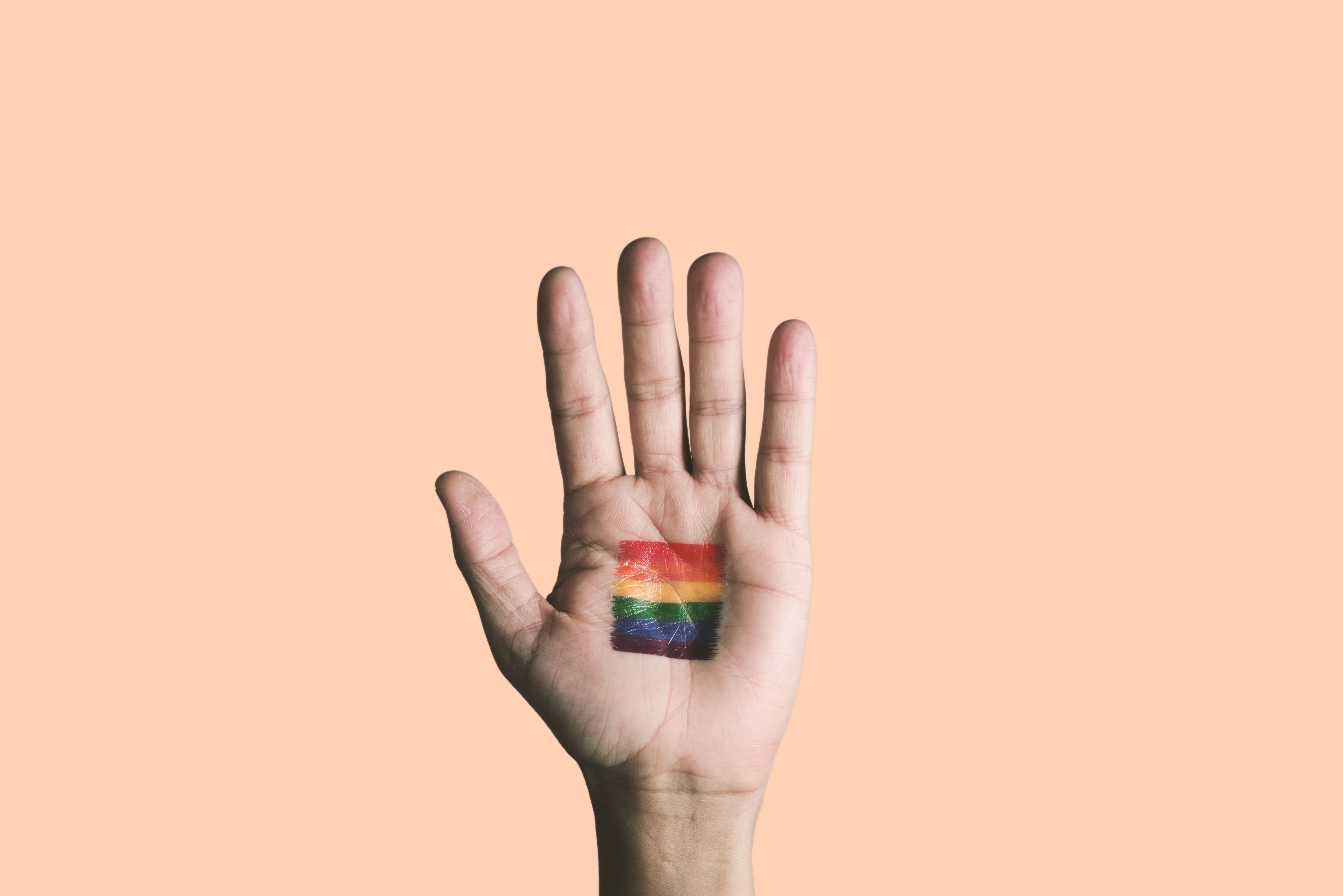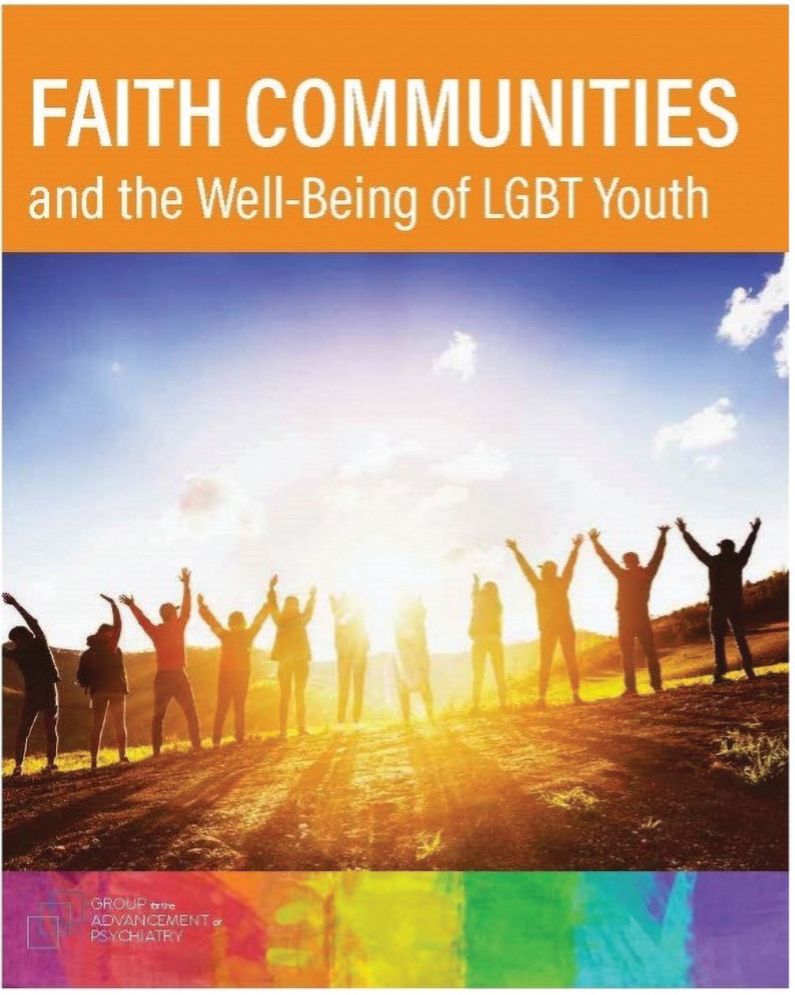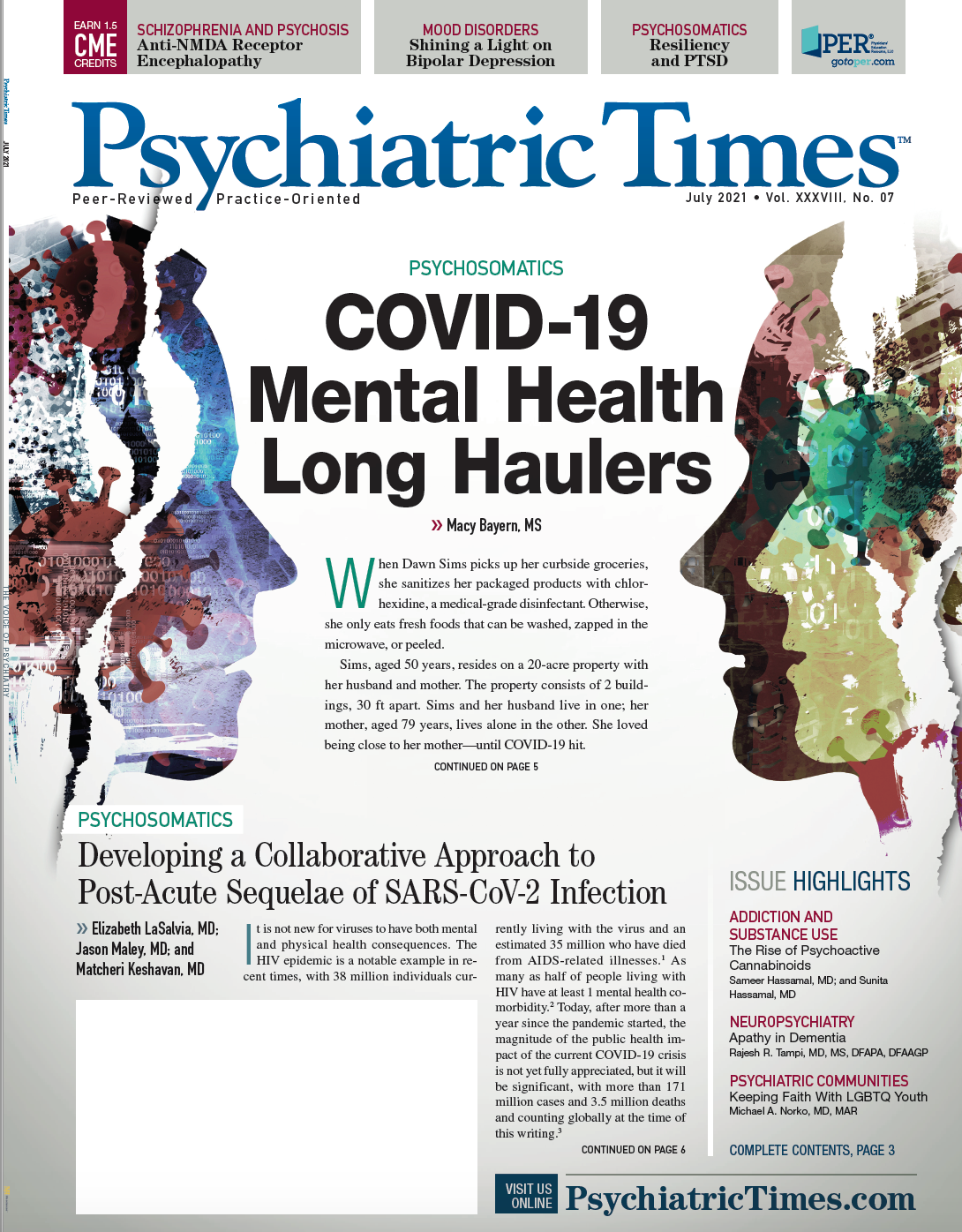Publication
Article
Psychiatric Times
Faith Communities and the Well-Being of LGBTQ Youth
Author(s):
nito/AdobeStock

COMMENTARY
In March 2021, the Board of Trustees of the American Psychiatric Association voted to commend the Group for the Advancement of Psychiatry (GAP) for its contribution to the well-being of LGBT youth, applauding the Psychiatry and Religion and LGBTQ+ committees of GAP for their booklet, Faith Communities and the Well-Being of LGBT Youth.1 Published online, the booklet addresses ways in which faith leaders and faith communities can support LGBT youth in their communities to mitigate mental health challenges.
Nearly 5 years ago, a friend of mine was discussing the problem of suicides in LGBT youth with his local bishop. The bishop asked whether there were any documents from mental health experts that might address this concern. My friend related the query to me because of my previous LGBT advocacy in a religious context. Since I was not aware of such a resource, I contacted Mary Barber, MD, of the GAP LGBT Committee, and she pointed me to the work of Caitlin Ryan, PhD, and the Family Acceptance Project (FAP). That began a collaboration among the 2 GAP committees and Ryan, resulting in a booklet to meet this need.1

The booklet acknowledges the common interests shared by medicine and religion in the welfare of young individuals. Then, it describes multiple mental health challenges faced by LGBT youth, including suicide, depression, anxiety, substance use, bullying, and homelessness. Included are data showing that, in comparison with peers who are not in a sexual minority, LGBT youth are about twice as likely to be bullied or use illicit drugs, more than twice as likely to feel persistently sad or hopeless, more than 3 times as likely to inject illegal drugs and consider suicide or make a suicide plan, and more than 4 times as likely to attempt suicide.1
The booklet discusses the factors contributing to stress, including those relevant to a specific religious context—such as being unable to marry within one’s faith or to be open in one’s faith community—and being rejected by family and community more broadly. Faith traditions vary in their teaching about sexual orientation and same-sex marriage, but no faith tradition wishes to intentionally harm its young members or to discourage youth from remaining within their tradition. Moreover, faith communities do not have to abandon their doctrines (where tensions exist) to contribute to more positive health and mental health outcomes for young individuals. In fact, most faith communities typically have doctrines that promote family harmony and interpersonal kindness. Through both religion and medicine, we seek to alleviate pain and address difficult aspects of life to enhance physical, social, emotional, and spiritual well-being.
More than 20 years of research have demonstrated ways to mitigate risks for LGBT youth—namely, by increasing accepting behaviors and decreasing rejecting behaviors within families.2 FAP has identified approximately 100 common behaviors observed in families, about half of them supportive and half rejecting. These findings are the basis for FAP’s family support model to prevent health risks and promote well-being for LGBT youth. They provide an empirical foundation for FAP’s family education materials; this information is disseminated through posters for use in homes, health care offices, schools, places of worship, service agencies, and other community settings. The posters are available for free download in English and Spanish and are forthcoming in Chinese, Hindi, Korean, Japanese, Punjabi, Tagalog, and Vietnamese.3
Helpful parental behaviors include talking with children openly about their LGBT identity; expressing affection when they learn of their child’s identity; supporting their child’s LGBT identity even if they feel uncomfortable; working to make their congregation supportive of LGBT members; and believing their children can have happy futures as LGBT adults. The more accepting behaviors that are demonstrated, the better the outcomes.4
Similarly, fewer rejecting behaviors are associated with better outcomes.5,6 Harmful parental behaviors include actions such as hitting, physically hurting, or verbally harassing their children because of their LGBT identity; excluding LGBT children from family events; blaming their children when they are mistreated or discriminated against because of their LGBT identity; telling their children that God will punish them; expressing shame of their children; and not letting their children disclose their gay, bisexual, transgender, or gender-nonbinary identity.
Hopefully, this booklet will be used by faith leaders and community members to facilitate dialogue, inclusion, and a welcoming spirit. Faith communities are encouraged to collaborate with health care providers to stimulate and enhance these conversations and work toward the aspiration of enhanced human flourishing. A set of resources is provided for further inquiry and discussion.7-12
The GAP booklet is written to apply more broadly to members of any faith community and is offered as a joint concern of faith communities and health care providers and organizations, but some faith communities are already adopting the materials and tailoring them. FAP produced a booklet about the welfare of LGBT children directed specifically to members of the Mormon Church.13 The Evangelical Lutheran Church of Finland has agreed to consider publishing a version of the booklet translated into Finnish, with additional local resources and research. Psychiatrists can contribute to their own communities by becoming familiar with the booklet and its underlying evidence base.
Dr Norko is chair of the Psychiatry and Religion Committee of GAP and professor of psychiatry at Yale University School of Medicine, where he specializes in forensic psychiatry. In 2010, he earned a master’s degree in religion from Yale Divinity School.
References
1. Faith Communities and the Well-Being of LGBT Youth. Group for the Advancement of Psychiatry: Psychiatry and Religion Committee and LGBT Committee; 2020. Accessed May 20, 2021. https://ourgap.org/resources/Documents/GAP%20LGBT-Religion%20Project.pdf
2. Cohen J, Ryan C. The trauma-focused CBT and family acceptance project: an integrated framework for children and youth. Psychiatric Times. 2021;38(6):15-17.
3. Family Acceptance Project posters to build healthy futures for LGBTQ & gender diverse children & youth. Family Acceptance Project. Accessed May 20, 2021. https://familyproject.sfsu.edu/poster
4. Ryan C, Russell ST, Huebner D, et al. Family acceptance in adolescence and the health of LGBT young adults. J Child Adolesc Psychiatr Nurs. 2010;23(4):205-213.
5. Ryan C, Huebner D, Diaz RM, Sanchez J. Family rejection as a predictor of negative health outcomes in white and Latino lesbian, gay, and bisexual young adults. Pediatrics. 2009;123(1):346-352.
6. Ryan C. Generating a revolution in prevention, wellness and care for LGBT children and youth. Temple Political & Civil Rights Law Review. 2014;23(2):331-344
7. Issue brief: LGBTQ change efforts (so-called “conversion therapy”). American Medical Association. 2019. Accessed May 24, 2021. https://www.ama-assn.org/system/files/2019-12/conversion-therapy-issue-brief.pdf
8. APA official actions: position statement on conversion therapy and LGBTQ patients. American Psychiatric Association. December 2018. Accessed May 24, 2021. https://www.psychiatry.org/File%20Library/About-APA/Organization-Documents-Policies/Policies/Position-Conversion-Therapy.pdf
9. Drescher J. Out of DSM: depathologizing homosexuality. Behav Sci (Basel). 2015;5(4):565-575.
10. Ghazzawi A, Suhail-Sindhu S, Casoy F, et al. Religious faith and transgender identities: the Dear Abby project. J Gay Lesbian Mental Health. 2020;24(2):190-204.
11. Hatzenbuehler ML. The influence of state laws on the mental health of sexual minority youth. JAMA Pediatr. 2017;171(4):322-324.
12. Martin J. Building a Bridge: How the Catholic Church and the LGBT Community Can Enter Into a Relationship of Respect, Compassion, and Sensitivity. HarperCollins Publishers; 2018.
13. Ryan C, Rees RA. Supportive Families, Healthy Children: Helping Latter-day Saint Families With Lesbian, Gay, Bisexual & Transgender Children. Family Acceptance Project, Marian Wright Edelman Institute, San Francisco State University; 2012. Accessed May 24, 2021. ❒






